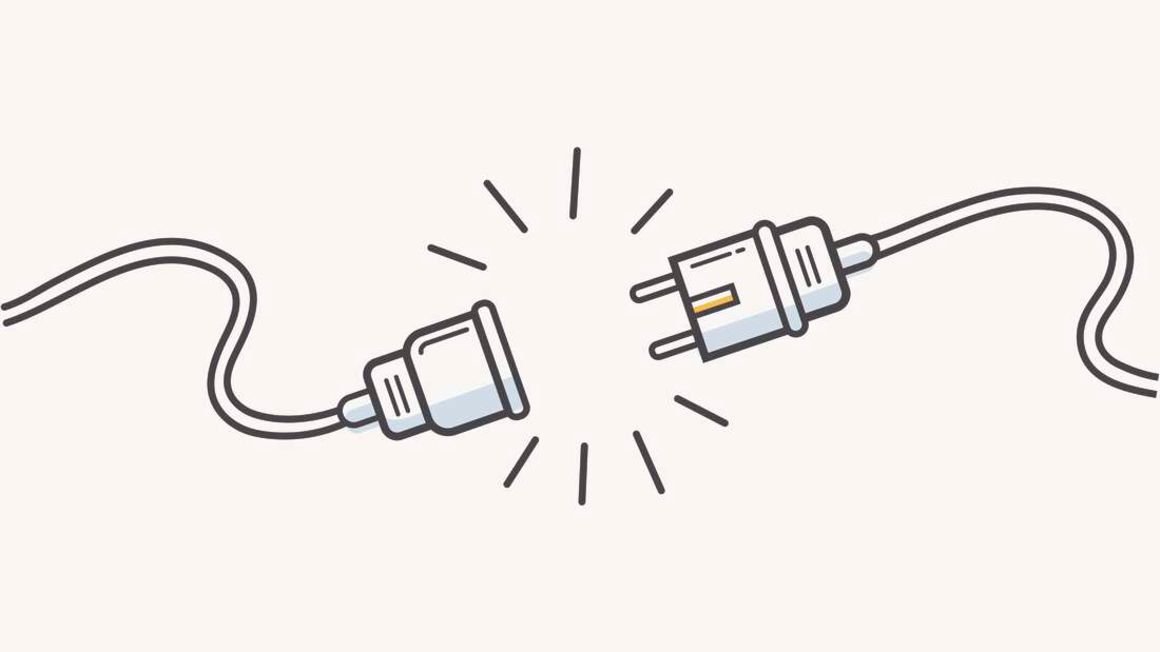While liberalising the power sector has advantages, it also calls for a robust institutional framework and State interventions to plug any gaps. PART 2
Having concluded in Part 1 of this two-part series that the power sector challenges are like a tangled ball of wool, we take a closer look at some of the pieces of the puzzle.
One controversial point that has emerged is around the level of State support that Kenya Power is entitled to. In April, there was Press coverage on a statement by the Ministry of Energy to the effect that it would safeguard Kenya Power from losing customers through direct sales by KenGen.
The reason cited was that such customers might prove useful in taking up demand of electricity that the utility has committed to purchase from the independent power producers (IPPs).
In sharp contrast, in his Labour Day speech, Ugandan President Yoweri Museveni announced that for industrial parks, the power would bypass Umeme, the main electricity distribution company to be transmitted directly from the generator to the industrial parks.
It is interesting to see such divergent approaches to dealing with a struggling power utility – one being to support it by ringfencing some of its business and the other cutting it off to a greater degree and thus shielding consumers from its inefficiencies.
It is important to realise that when a government reduces support for a power utility, the impact is not felt by a juridical person but by flesh and blood persons. A good case is the proposed reduction by the Kenyan government in its budgetary allocation for subsidised connections by 87 percent, which shall impact the Last Mile Connectivity.
And while the government inevitably has to tighten its belt in many respects, this move may put connectivity costs out of reach for the vulnerable.
Another important constituent in the case of the Kenyan power utility is its staff. Despite the noble intention of implementing fiscal discipline through a headcount reduction, it has been compelled to drop its workers layoff plan due to a strike threat issued by the Kenya Electrical Trades and Allied Workers Union. Again, balancing between commercial interests and social responsibility is a tougher challenge for a power utility given its inescapable public interest. Other costs which are difficult to hedge against include foreign exchange fluctuation given the level of exposure in the utility company’s borrowing as well as the power purchase balances owed to […]
